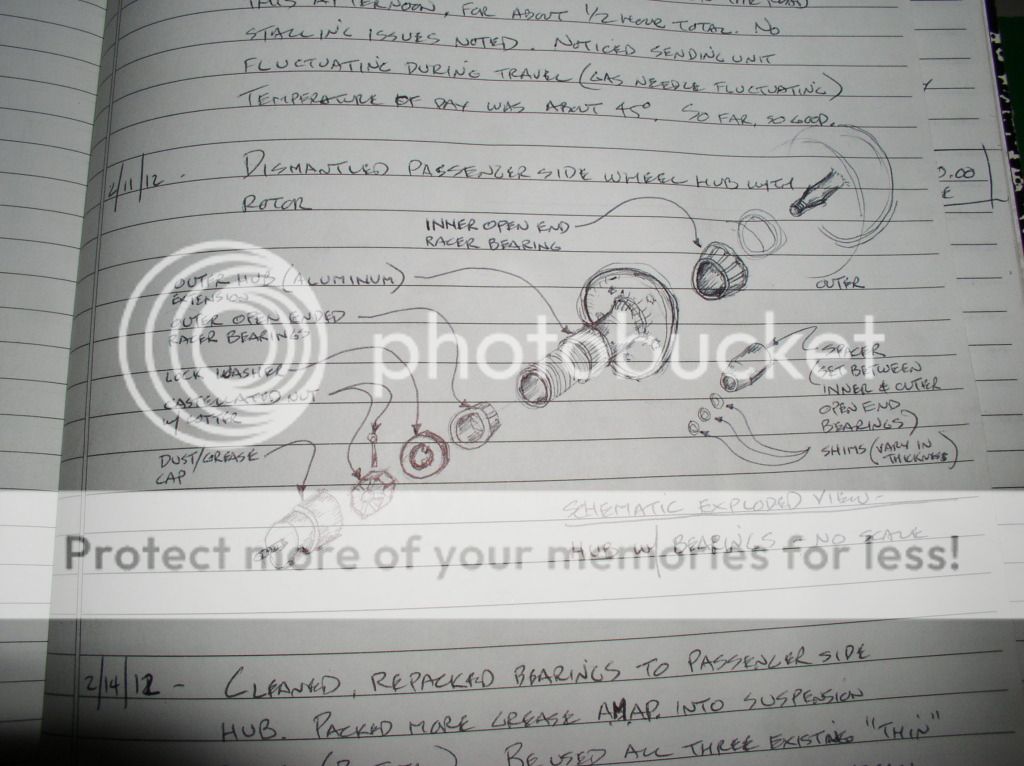-
The Roadster Factory Recovery Fund - Friends, as you may have heard, The Roadster Factory, a respected British Car Parts business in PA, suffered a total loss in a fire on Christmas Day. Read about it, discuss or ask questions >> HERE. The Triumph Register of America is sponsoring a fund raiser to help TRF get back on their feet. If you can help, vist >> their GoFundMe page.
-
 Hey there Guest!
Hey there Guest!
If you enjoy BCF and find our forum a useful resource, if you appreciate not having ads pop up all over the place and you want to ensure we can stay online - Please consider supporting with an "optional" low-cost annual subscription.**Upgrade Now**
(PS: Subscribers don't see this UGLY banner)
front hub removal
- Thread starter Hoghead
- Start date
Share this page
Similar threads
Similar threads
-
TR2/3/3A Front brake hub removal to access Vertical Link bolts(screws) Attached pictures.
- Started by karls59tr
- Replies: 1
-
-
-
-
-
-
-
-
-
-
-
TR2/3/3A How to remove the front brake hub from the brake disc?
- Started by karls59tr
- Replies: 11
-
-
-
-
-
-
-
-
-
-
-
-
"Bearing Outer Race" Re-installation at Passenger Front Hub Extension
- Started by pkmh
- Replies: 4
-
-
-
-
TR4/4A Front hub grease cap sizing - anyone had a cross reference part # for a FLAPS?
- Started by tdskip
- Replies: 2
-
-
-
-
-
-
-
Correct way to remove grease retaining cup from front hub?
- Started by SteveHall64Healey
- Replies: 7
-
-
-
-
-
-
-
-
-
-
-
-
-
-


 smilie in place of the real @
smilie in place of the real @
 Pretty Please - add it to our Events forum(s) and add to the calendar! >>
Pretty Please - add it to our Events forum(s) and add to the calendar! >> 



 A friendly reminder - be careful what links you click on here. If a link is posted by someone you don't know, or the URL looks fishy, DON'T CLICK. Spammers sometimes post links that lead to sites that can infect your computer, so be mindful what you click.
A friendly reminder - be careful what links you click on here. If a link is posted by someone you don't know, or the URL looks fishy, DON'T CLICK. Spammers sometimes post links that lead to sites that can infect your computer, so be mindful what you click.